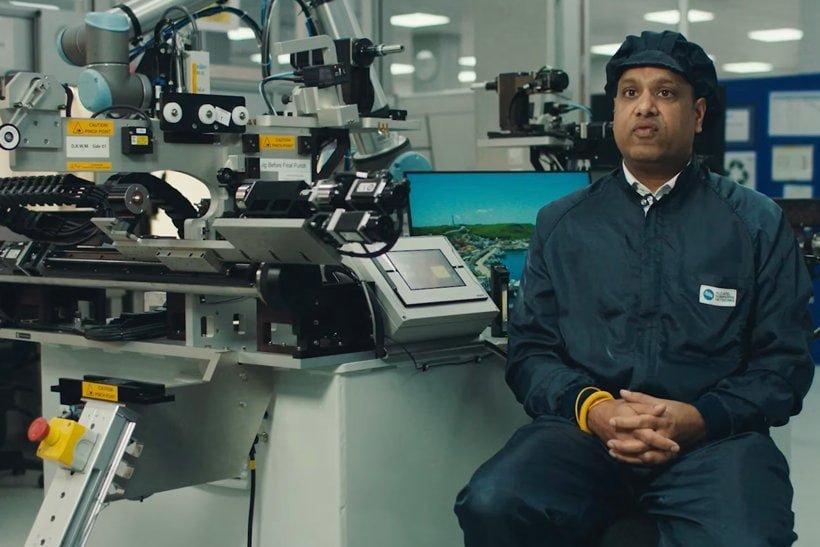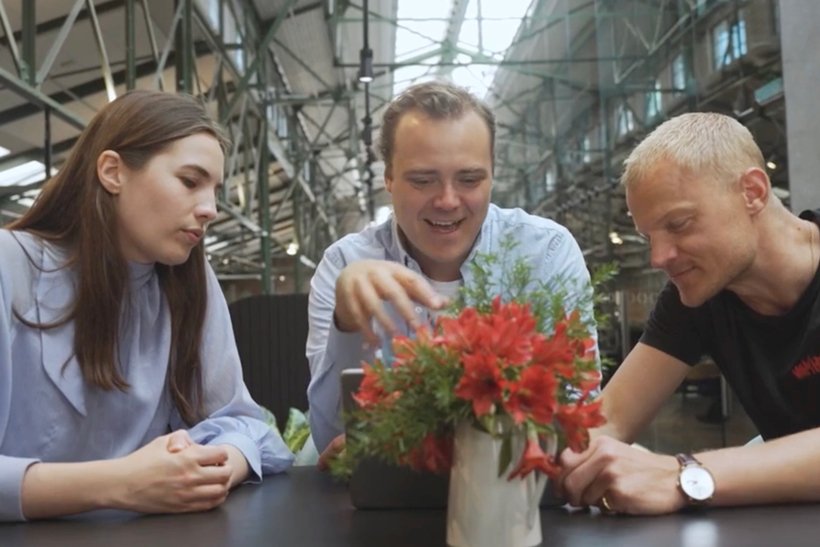Fueling the future
Since 2005, Gevo has developed a circular economy, where bio-based renewable fuels and chemicals drop into established infrastructure and create additional economic value through sustainability.
This business system is based on scientific breakthroughs, scaling process efficiencies, partnering with farmers to improve agriculture, and bringing economic opportunity to rural economies – all while helping companies achieve climate goals.
“Our goal is to make bio-based renewable fuels that exceed industry performance standards and can drop into today’s infrastructure and blend with existing fuels, reducing the carbon intensity,” says Dr Patrick Gruber, Gevo CEO.
The life cycle
Gevo takes efficiency lessons from nature, where nothing is wasted, to reduce greenhouse gas emissions in its process.
On millions of acres of farmland, corn grows over 6ft tall, drawing carbon from the atmosphere. Gevo divides every kernel into protein, corn oiland starch. The oil and protein are sold into the food chain, and the starch is converted into fuels or industrial chemicals.
Gevo uses a process that removes fossil carbon sources and adds in renewable energy, such as electricity from wind turbines. The company takes everything into account using the Argonne GREET (Greenhouse gases, Regulated Emissionsand Energy use in Technologies) model, developed by the US Department of Energy. By measuring environmental impact, it makes improvement possible.
“By paying attention to the entire cradle-to-grave life cycle, from capturing carbon with photosynthesis, through the processing and energy used, we can get to net zero or better emissions, including when the fuel is burned to fly the plane,” says Gruber.
Sequestering carbon
Plants store carbon in the root system. When farmers use strip-tilling, they leave the roots, leavesand stalks on the field after harvest, enriching the soil.
An estimated 99% of corn grown worldwide isn’t used for direct human consumption. Instead, it’s used for livestock feed or for converting starch to ethanol. Gevo uses “dent corn”, produced by such growers as Feikema Farms in Minnesota, to make bio-based renewable fuels.
Feikema uses what is known as “climate smart” agricultural practice. The techniques include strip-tilling, which plants seeds so they are spaced to fall between last year’s crop rows; the undisturbed roots slow erosion and help to retain water in the soil.
Growers take advantage of nature’s systems to strengthen the crop and improve yield.
“Building soil health is a long-term process. It takes years,” says the farm’s co-owner, Becky Feikema. “The decisions farmers are making today affect tomorrow. It’s about what happens ten, 50 or 100 years down the road.”







